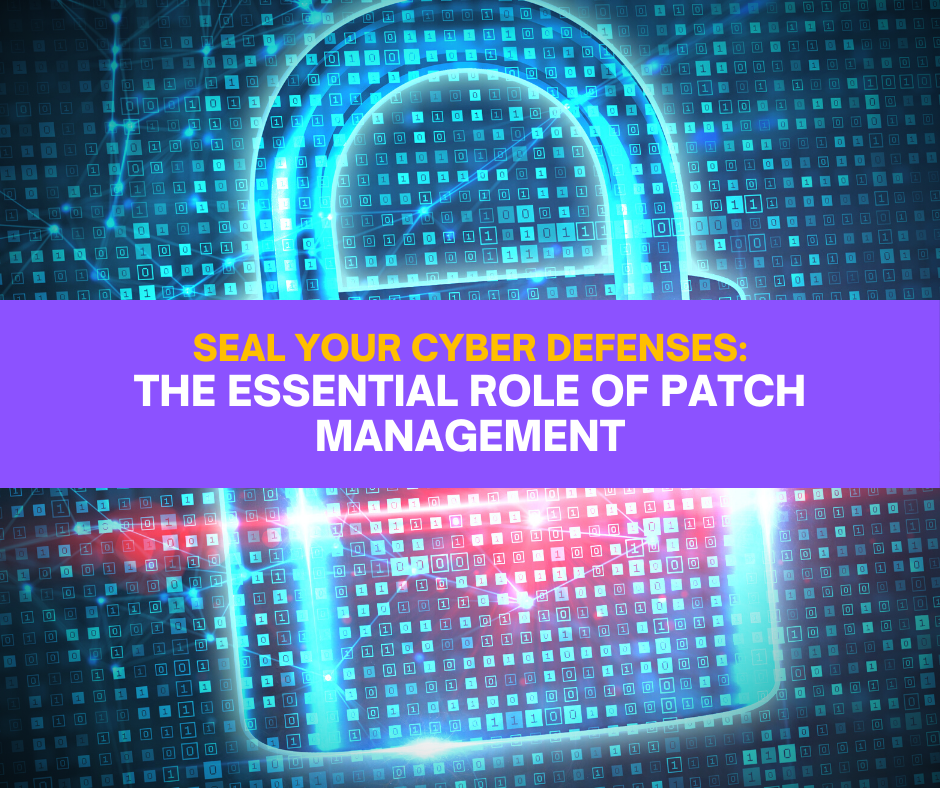Are you still ignoring those pesky software update notifications on your devices? The time has come to change your perspective and consider these updates as golden keys to securing your digital kingdom. As we unravel the expansive world of Information Technology, let’s delve into a fundamental yet often underappreciated security strategy – Patch Management.
Patch management, in its simplest form, is about updating software to iron out newfound problems such as performance glitches, application bugs, or security vulnerabilities. Systems running outdated software are potential time bombs, susceptible to many vulnerabilities. Here’s the kicker: exploiting these unpatched systems is a common trick up the sleeve for cyber attackers looking to breach a network.
Every software update, every patch you see for your applications, phones, laptops, and servers, is a new line of defense being added to your fortress. Take the OEM’s advice and act swiftly; those patches aim to resolve potential vulnerabilities, bugs, or performance issues.
The National Institute of Standards and Technology (NIST), a front-runner in developing security standards and guidelines, has made invaluable recommendations for patch management technologies.

Here, we’ve distilled these recommendations into six crucial patch management best practices you should adopt:
- Establish a robust patch management policy: An organized and effective approach starts with a clear-cut policy.
- Maintain a comprehensive and up-to-date inventory of your devices: Knowledge is power – know your devices and software inside out.
- Assign criticality for each IT asset: Recognize the significance of each IT asset and assign criticality levels accordingly.
- Consistently seek new patches and vulnerabilities: Stay one step ahead of the game – be the hunter, not the hunted.
- Prioritize deployment of patches: Don’t just assign it as a job responsibility, ensure it gets done.
- Assess and mitigate risk for exempted patches: Even the tiniest oversight can become a potential loophole for a cyber breach.
Let’s put things into perspective with some real-world examples. In 2017, Equifax had a data breach affecting 142 million users. That same year, the United States voter registry was breached, exposing 198 million voter records. 2013 Yahoo witnessed a cyber-attack, leaving over 1 billion users’ information at risk. Another victim was Target in the same year, losing 70 million records. There are plenty more instances where outdated and vulnerable systems were the weak link, allowing for significant breaches.
These chilling statistics serve as a stark reminder of the potential risks associated with negligence in patch management. Your organization’s name should be synonymous with success and innovation, not with cyber breaches and data leaks. Heed NIST’s recommendations for patch management and bolster your defense against the ever-present and evolving world of cyber threats.
It can be overwhelming to keep up with all the digital updates and patches, but when it comes to cybersecurity, it’s crucial to stay on top of them. These updates are the foundation of keeping your systems safe and ignoring them could put your cyber defense at risk. So, the next time you see a software update prompt, remember that it’s not just a nuisance but a necessary step in protecting yourself and your information. Act and update your systems promptly to enhance your security and enjoy peace of mind.

